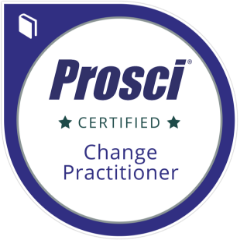
As busy swim professionals, parents and caregivers we can easily develop patterns of exerting our significant power advantage over little ones, both in and out of the learn-to-swim process.
This may happen with the best of intentions, in order to achieve the outcomes we believe are urgently needed. In doing so however, it can be easy to inadvertently or perhaps consciously, overlook lack of consent and readiness in our little ones, especially in swimming.
Some may feel a little swimmer has no right to give consent as the adults know better. But is this true? And is it always in the child’s best interests?
This interactive session explores the very important issue of consent and its application at all ages and stages in the learn-to-swim process, from infancy.
The duration of this session can be flexible to suit your needs, from a minimum time of a 60 min presentation including question/discussion time to a half-day interactive workshop comprising 2 x 90 min session




